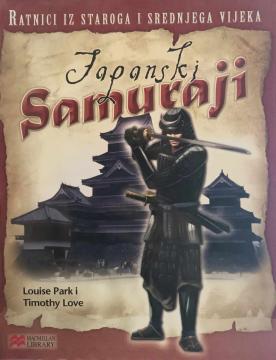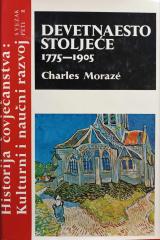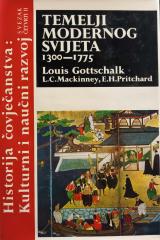
Ratnici iz staroga i srednjega vijeka - Japanski samuraji
Japanese samurai were the elite warriors of feudal Japan, known for their skill in battle and strict honor. The word "samurai" means "one who serves".
They followed a code of conduct known as bushido (the way of the warrior), which emphasized values such as courage, honor, loyalty and self-discipline.
Samurai carried two swords, a katana and a wakizashi, known as a daisho. Their role was to protect the lord, whether he was a nobleman, a feudal lord or an emperor. If their honor was violated, they had to commit ritual suicide known as seppuku.
Their history goes back to the Heian period, when wealthy landowners began to create their own armies for defense. Samurai became instrumental in military conflicts and political turmoil until the end of the 19th century, when the Meiji reforms led to the modernization of Japan and the abolition of the samurai class.
No copies available
The last copy was sold recently.





